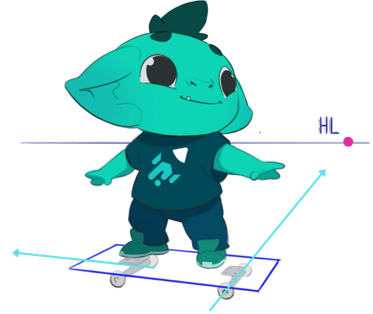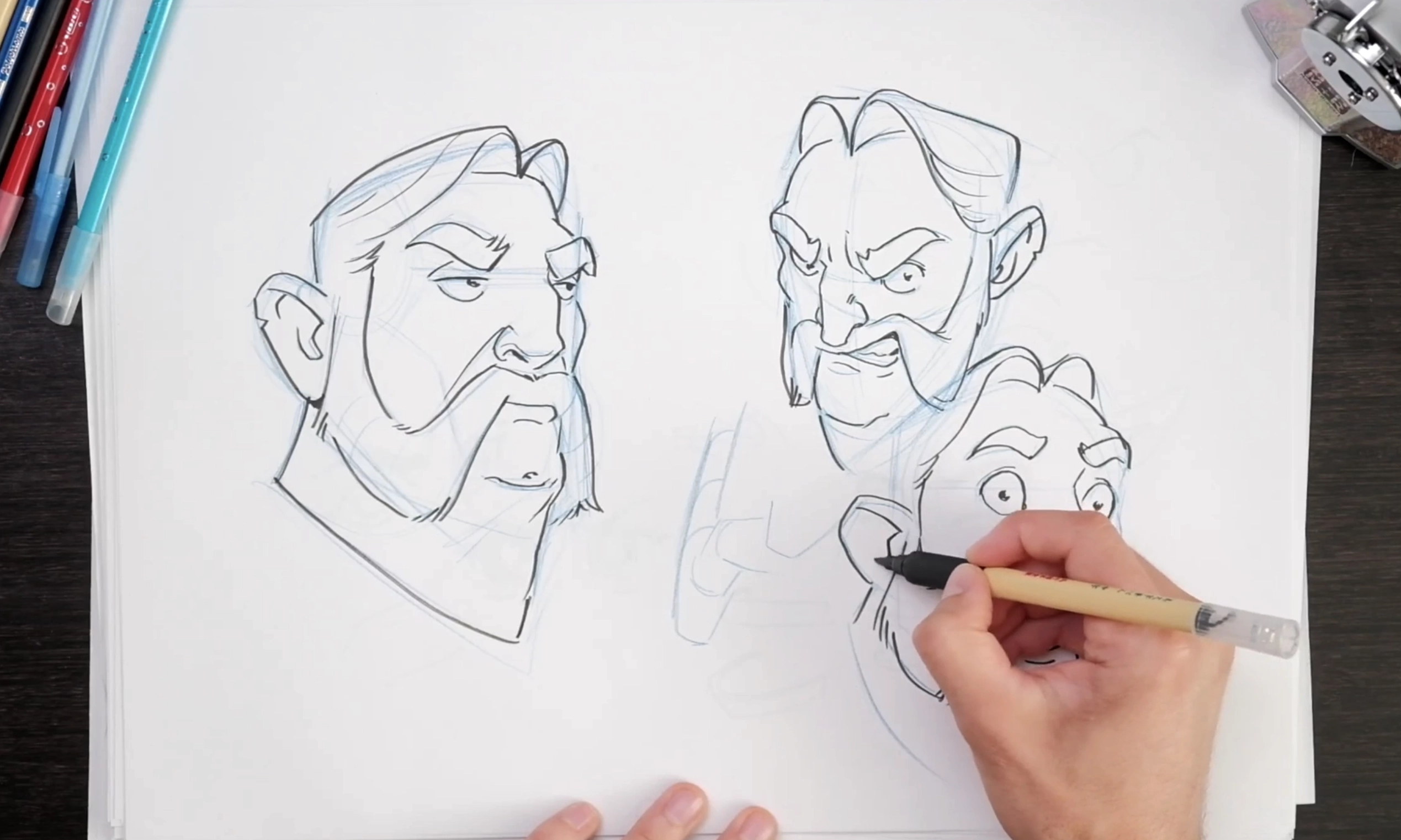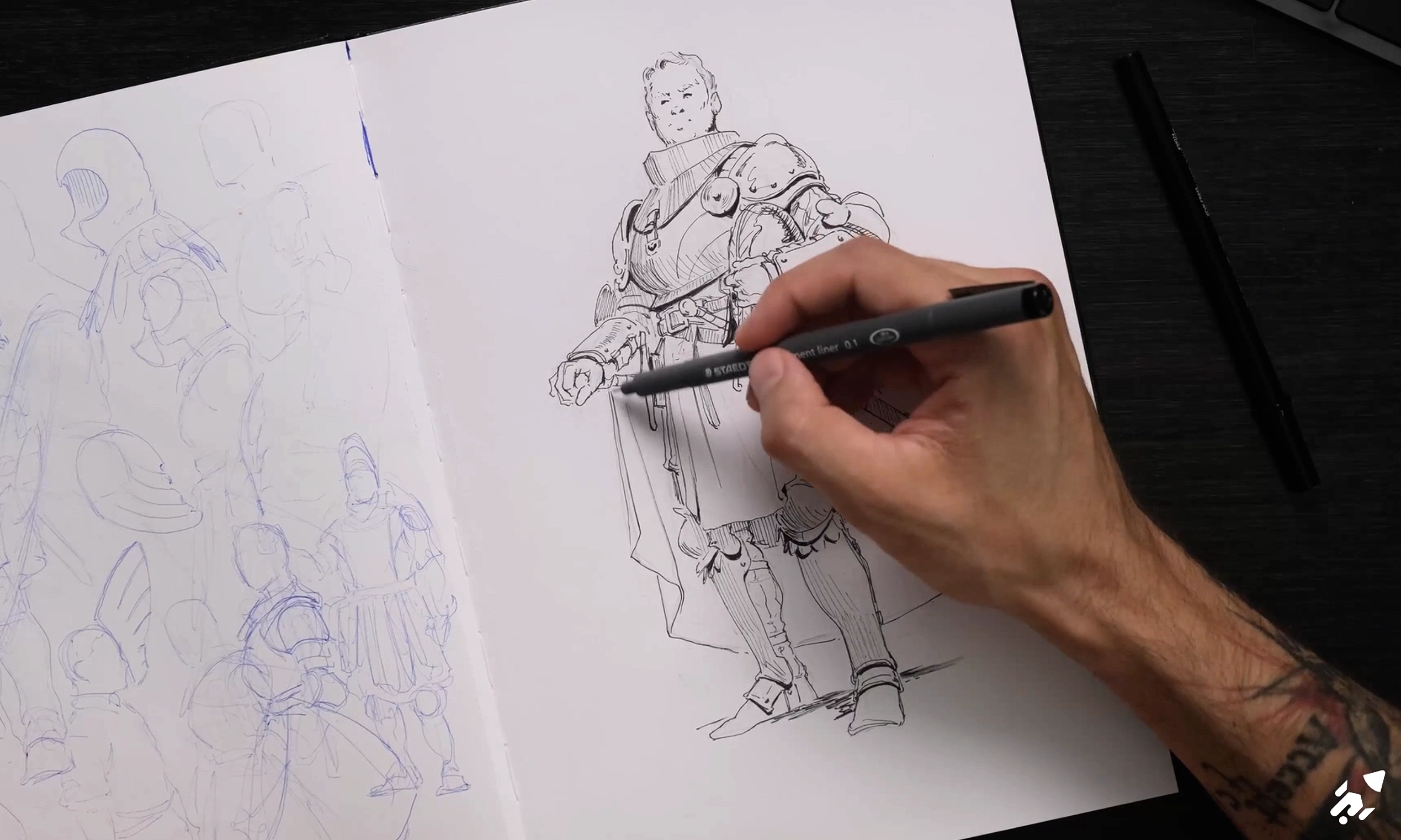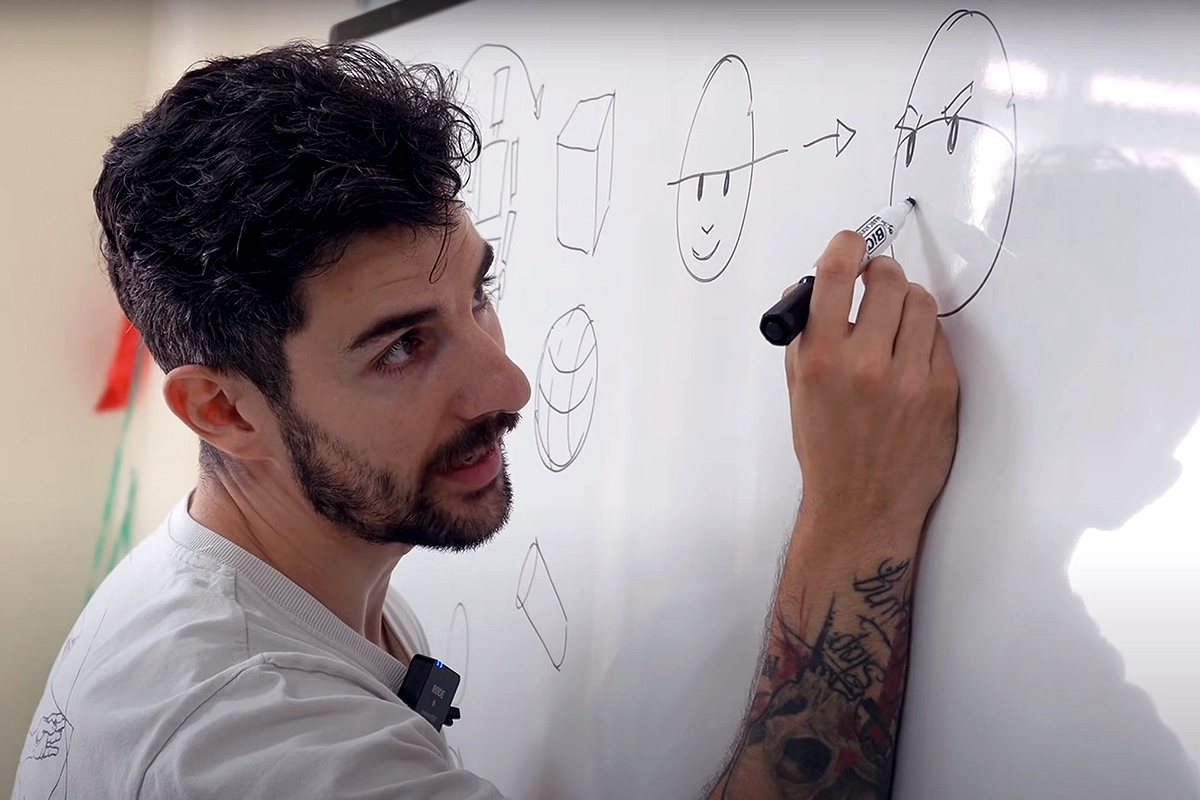
What makes drawing special
What I love about Drawing
Drawing, whether from life or imagination, has always felt like a little slice of magic. Wherever you are, when you see someone sketching, it’s almost impossible not to sneak a glance and wonder:
- What are they drawing?
- How are they doing it?
- What inspired them to create this way?
These questions always come to mind when I see an artist in action. It’s this universal curiosity that makes drawing feel so captivating and connective.
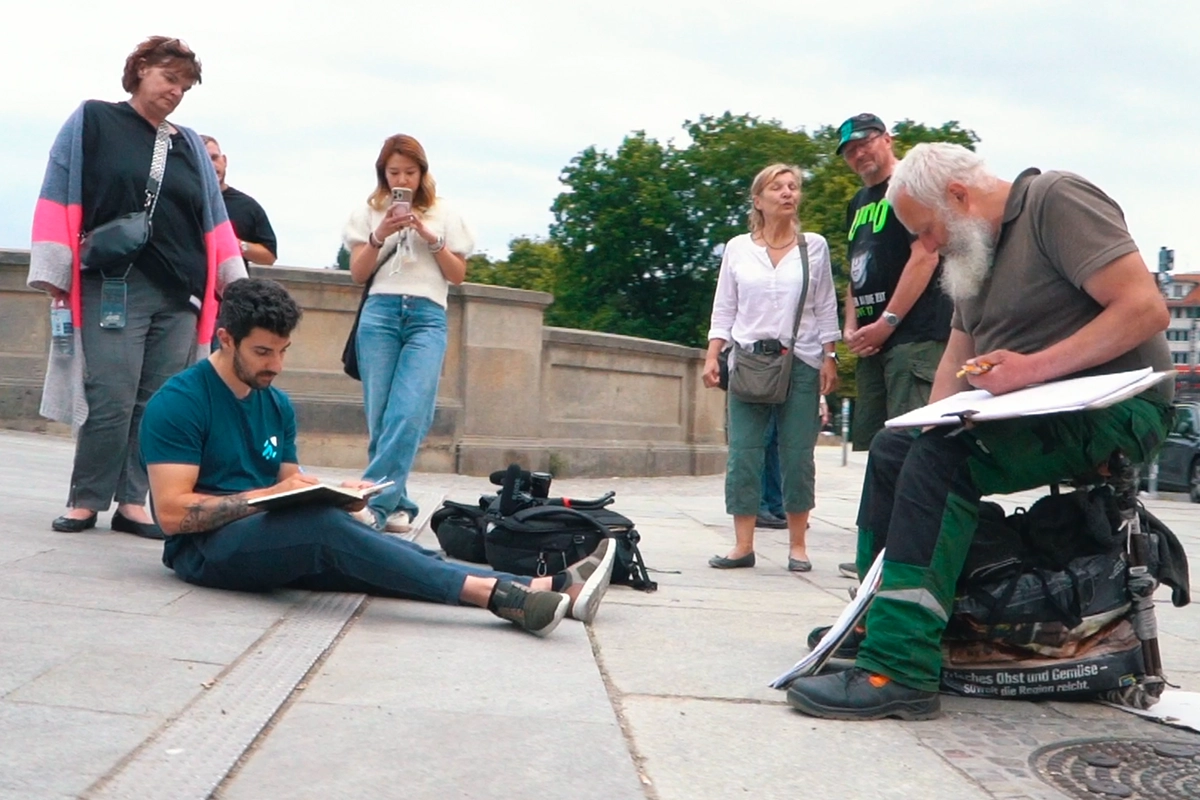
Me drawing alongside a street artist in Berlin for the Artwod travel series
Art is the most sincere form of authenticity
For years, I was puzzled by this quote. But now, I understand its essence: to draw "like a child" is to create with complete honesty, free from external expectations or trends.
When we were children, we drew what fascinated us—what we loved or simply found beautiful. Colors, shapes, and ideas came from the heart, without self-consciousness or judgment. Unfortunately, as we grow older, we often lose this pure connection to our creativity.
As we hit our teenage years and beyond, self-awareness creeps in. We start catering our creativity to what’s deemed “cool” or “popular.” This isn’t necessarily a bad thing—it’s part of growing up and understanding the world around us.
But as adults, when we return to drawing, we often go through a phase of emulation. This is Step 5 in the Artwod process and involves copying techniques, styles, and methods from artists we admire.
Emulation is an invaluable stage in artistic growth—it teaches us what’s possible and gives us tools we couldn’t discover on our own. However, after years of emulating others, a conflict arises:
- Am I just copying?
- What do I genuinely enjoy drawing?
- Am I being true to myself?
These questions can feel overwhelming, but they’re a sign you’re on the right path.
The key to authentic artistry is finding balance: blending the technical mastery gained through emulation with the unfiltered creativity of your inner child.
To do this, we must embrace that “childish” creativity while refining it with strong fundamentals. Mastery of technique gives us confidence, but it’s vital not to let go of the spark that makes art joyful.
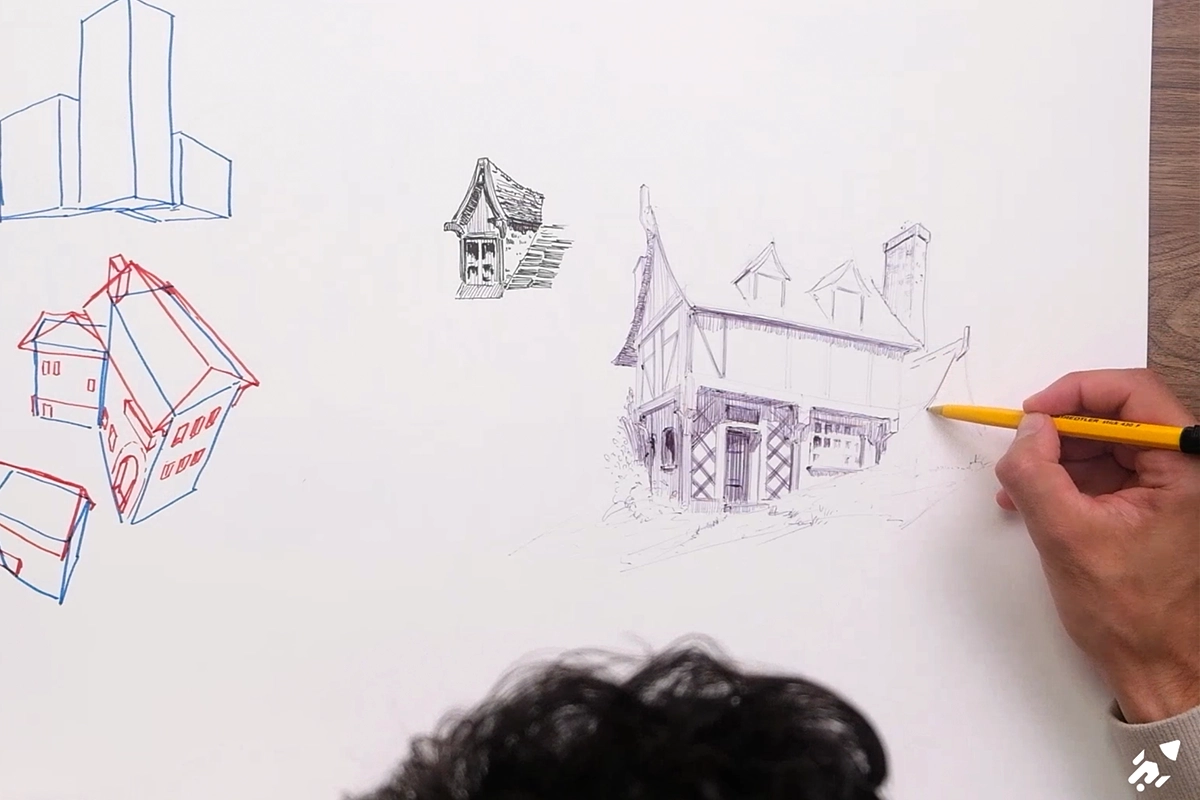
Me drawing a building for an Artwod workout
Drawing what you love is one of the purest forms of self-expression, and it’s something that should be celebrated. But let’s be honest: many of us aren’t drawing for ourselves. Instead, we’re creating for an audience—whether that’s social media, peers, or even the almighty algorithm.
The more we cater to external pressures, the more we risk blurring the line between what we love and what we think we should love. This disconnect can lead us away from our true artistic voice.
So how do we avoid this?
Start drawing from life
Start drawing from imagination
Drawing from imagination might seem like a superpower, but it’s a skill that anyone can develop. With the right foundation, it becomes second nature.
Here's how:
- Learn the fundamentals. Concepts like perspective, spatial awareness, and form manipulation are essential.
- Practice thumbnailing. This involves creating small, abstract shapes and building them into unique designs. It’s a shortcut to unlock creativity that isn’t tied to reality and is often practices by professional artists.
When you draw from imagination, you free yourself from limitations. It’s an opportunity to explore new ideas and discover what truly excites you.
So...what makes drawing special
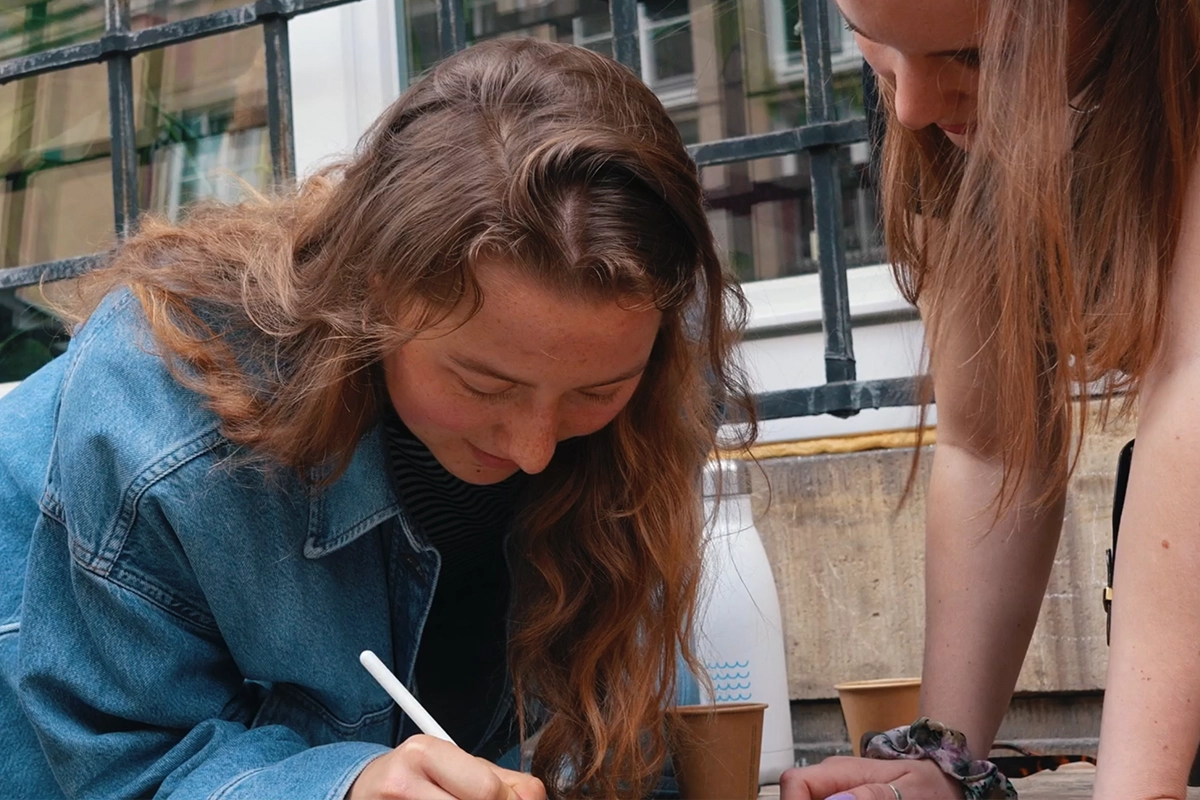
Drawing is one of the most accessible and meditative forms of creativity. All you need is a pen and paper—or even a napkin—and you’re ready to create.
Unlike other creative outlets, drawing can happen anywhere, at any time. It’s portable, adaptable, and entirely personal. The only limits are your imagination and your willingness to learn.
That’s why drawing is so special. It’s more than a skill; it’s a journey of self-discovery and expression that stays with you for life.
By grounding yourself in what you love—whether drawing from life or imagination—you’ll uncover a truer, more authentic artistic voice. So, pick up that pen and start creating today.
